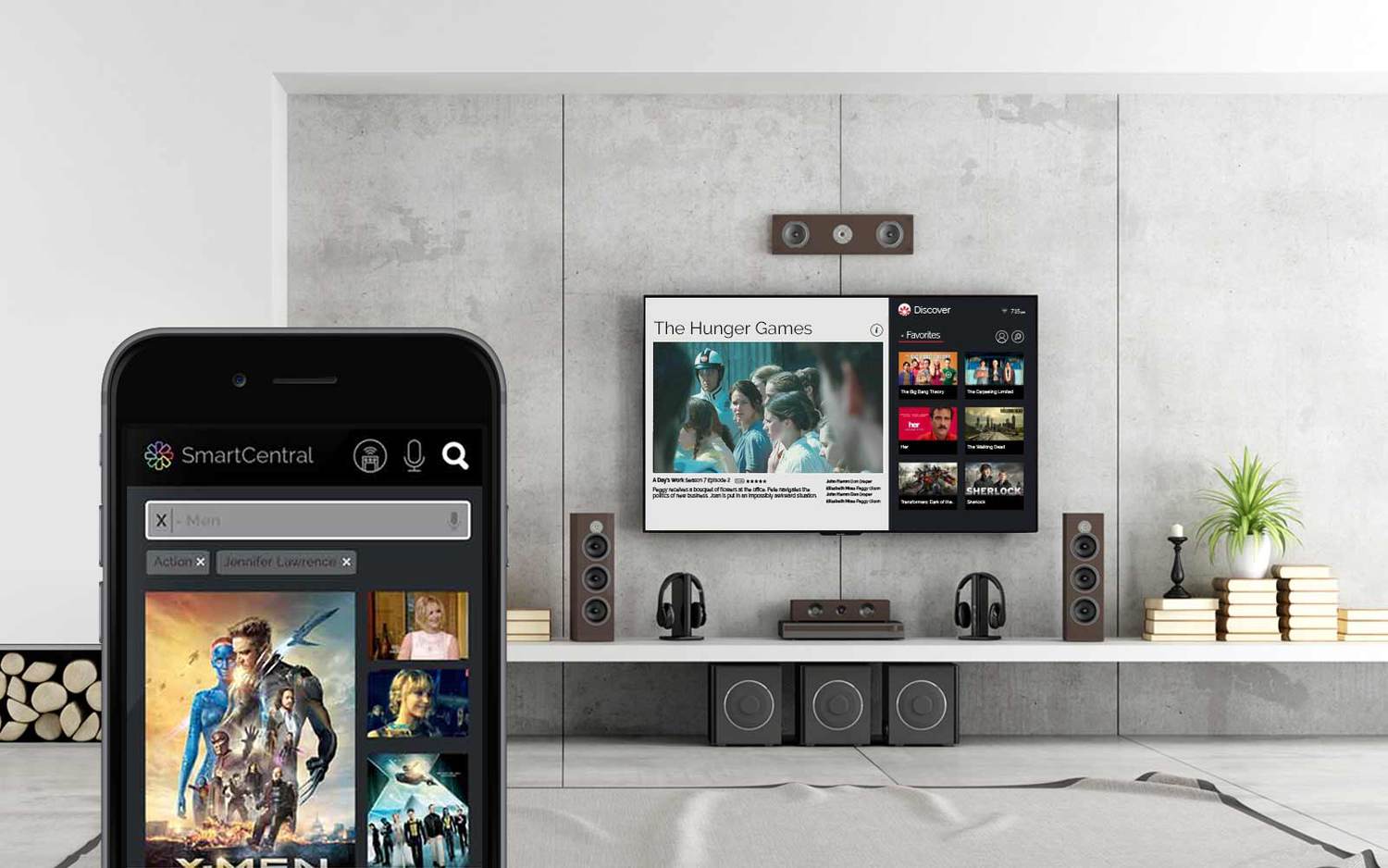
Cisco Design System
Scaling Enterprise Commerce with a Unified Design System
Cisco Commerce Workspace had become a mess of inconsistent patterns. Each team built its own components, often from scratch, leading to visual drift, slower delivery, and usability problems that frustrated both partners and internal users. My role was to lead the creation and rollout of a scalable design system, balancing standardization with flexibility. This system became a single source of truth that unified experiences, accelerated delivery, and restored confidence across Cisco’s enterprise tools.
Role Lead Designer and Project Manager
Timeline 8 Years
Users Cisco partners, distributors, and internal sales teams
Scope Creating a design system from start to finish, including how it's managed and how people start using it
Outcome Features are delivered 60% faster, usability problems dropped by 40%, and the system is used throughout the organization.
Scale 1,000+ components documented
Initial Findings
CCW's design was all over the place. Buttons, tabs, and forms looked and acted different based on which team made them. Engineers were redoing things all the time. Designers were wasting time on basic stuff. Partners joked that Cisco apps looked like they were from different companies. The lack of consistency wasn't just about looks, it slowed things down, made support calls go up, and made users not trust CCW as Cisco's main way of doing business.
Previous CCW platform compare to other Cisco products
What We Had to Solve
The task was to establish a design system that would unify experience but still allow products to have their own unique features. Success would mean faster delivery, high consistency, and shared accountability. We also had to make sure that the system are adopted by everyone in the team.
Questions we could ask:
How Might We
Create a single source of truth that allows for both change and control?
How Might We
Lower design and engineering costs while getting features out faster?
How Might We
Get teams with different levels of experience to start using the system?
How We Tackled It
Gathering Evidence
We began with interviews and a full audit of CCW’s UI. We did interviews with the design, engineering, and product management teams. The designers were tired of redoing the same basic components, and the engineers showed me various versions of buttons, tabs, and forms that each team had made themselves. Error messages were confusing. An audit showed more than twelve misused versions of the primary buttons.
Audit example of CCW
Simple Building Block
Atomic Design framework for CCW
CCW design tokens
Getting People to Use It
Creating the system wasn’t enough; getting people to use it was the hard part. I started workshops where designers and engineers could say what they could propose and see the changes. We wrote a lot of documentation and created governance processes so teams felt like they owned it, instead of just following orders. We also ran audits of shipped features monthly. We tracked how many people used the system and saw that it was going up and that things were getting done faster.
reasons why Design System would help CCW teams
Scaling the Culture, Not Just Components
To keep the momentum going, I helped designers think in systems rather than screens. This change helped teams see that the design system wasn't stopping them from being creative, it was helping them by taking care of the basic components
The Outcome
The design system became a foundation for scale and trust across CCW:
200+
Features Supported
30%
Faster design-to-development cycles
Significant Boost
in Usability and partner satisfaction
Cross-team
Adoption Secured
Most importantly, partners could tell the difference. Instead of seeing CCW as fragmented platform, they said Cisco's tools finally felt like they were part of the same company.
What I Learned
I learned that a design system is as much about culture as components. Adoption succeeded because we didn’t just hand down rules, we co-created, tested, and showed it worked. If I could do more, I wish we had spent more time on the little things in the system, small details that could have made people feel better when doing complicated things. The main thing is: a design system isn't just a toolbox, it's an organizational strategy that makes speed, quality, and trust work together.














